Data Science in Retail: 13 Examples and Use Cases
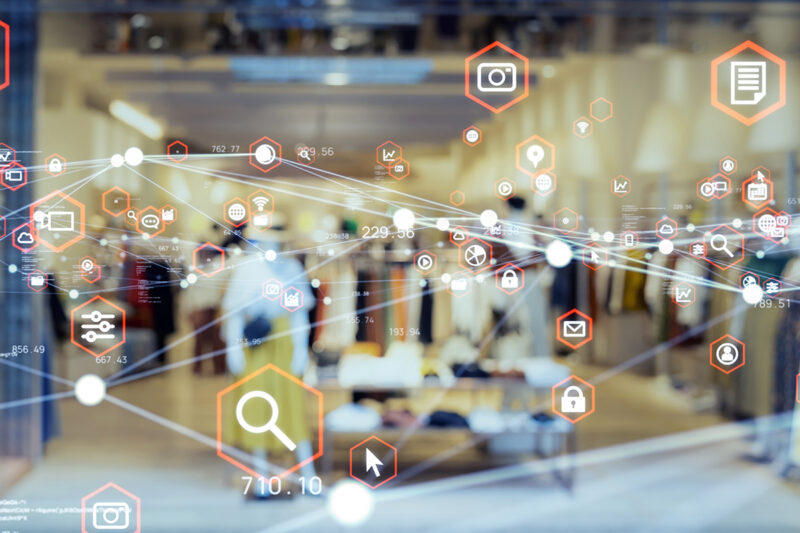
In this article
Data science has completely revolutionized how we do business today, and in some cases, the business insights offered by data science have encouraged companies to modernize their workflows, so that various data points can be better tracked. Nowhere is this more apparent than in retail. The retail supply chain is complex, and many of its key interactions used to be documented with analog mechanisms. But with the influx of new technology, it has become easier to produce raw data that can generate actionable insights for brands in the retail industry.
Today, data science has made a mark on just about every aspect of retail businesses, including marketing strategy, supply chain management, digital transformation processes, and much more. In this article, we’re going to take a look at specific use cases where data science has upended traditional approaches and produced meaningful insights for the retail industry.
Is Data Science Common in Retail?
Very few serious retail businesses make big decisions without considering insights yielded by data science. Whether it’s designing the checkout for e-commerce sites or building a collaborative filtering system, data science informs major decisions that are being made.
13 Data Science in Retail Use Cases and Examples
Data science is now a major part of large retail businesses. Let’s take a look at the areas where data is used to gain deeper insights and make informed decisions in the retail industry.
Behavior Analytics
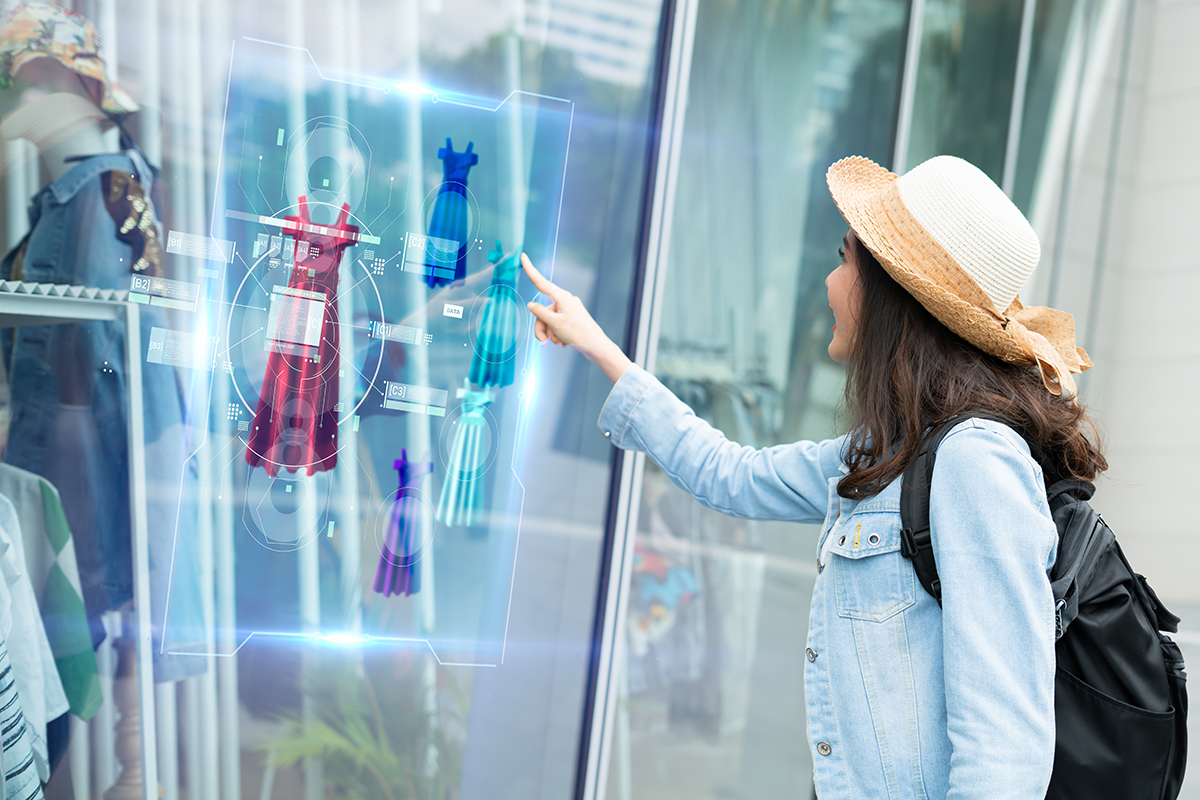
Understanding customer behavior is essential to running a retail business. Data obtained from various sources can be collated to paint a surprisingly accurate picture of customer demands, customer satisfaction, and other granular behavioral markers. This area of study is known as behavioral analytics.
Example
Let’s say that you run an e-commerce website selling home improvement tools. You want to design your site so that visitors quickly navigate from the home page to specific product pages.
Behavior analytics can help you achieve that. You can use data obtained from tracking tools on your website to gauge what kinds of images and copy entice clicks from visitors. Further, you can use data on website visitors to build segments and serve up different kinds of homepage layouts depending on their different behaviors on your website.
Customer Experience

Data science helps retailers demystify their customers’ decisions and behaviors. That has helped companies increase customer engagement and as a result, customer retention.
Example
Say you have an e-commerce store selling cell phones, with a built-in feature where customers can raise complaints. One way you can go about providing a better customer experience is by analyzing these. You would start by classifying the issues into categories such as:
- Delivery issues
- Hardware/device issues
- Software issues
- Returns, and so on
You can then enlist the help of machine learning techniques to build a sentiment analysis tool. This would tell you which of your customers’ problems are causing the greatest deal of distress, which can then help you address their most pressing issues, and thereby increase overall customer satisfaction.
Trend and Sales Forecasting
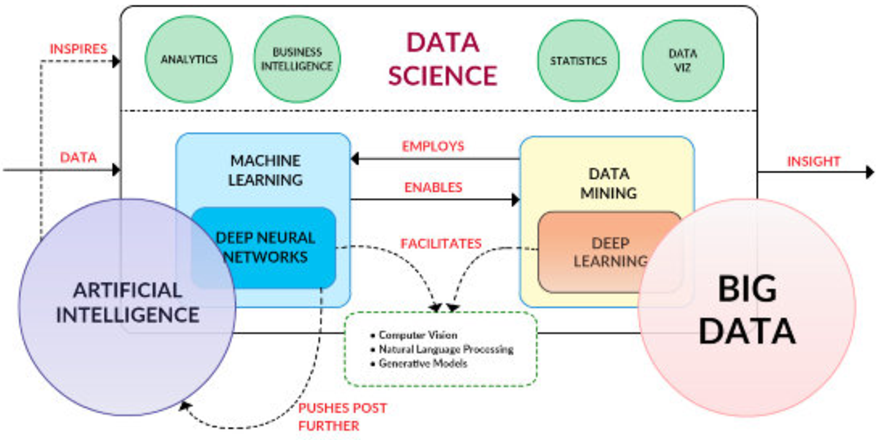
One of the most common applications of data science in retail is forecasting demand. Knowing which way the market is trending can be a powerful advantage, and help both boost sales and guide product launches.
Example
You run a retail business and want to know what the best time of the year to give out discounts is. Demand forecasting can come in handy with such an undertaking.
You would start by examining historical sales data. This would give you an idea of the times of the year when sales are high and when they tend to slump. Say you notice a drop in sales right after the winter holidays. You could use that information to provide your customers with discounts in January, thereby increasing sales in an otherwise slow time of year.
Recommendation Engines
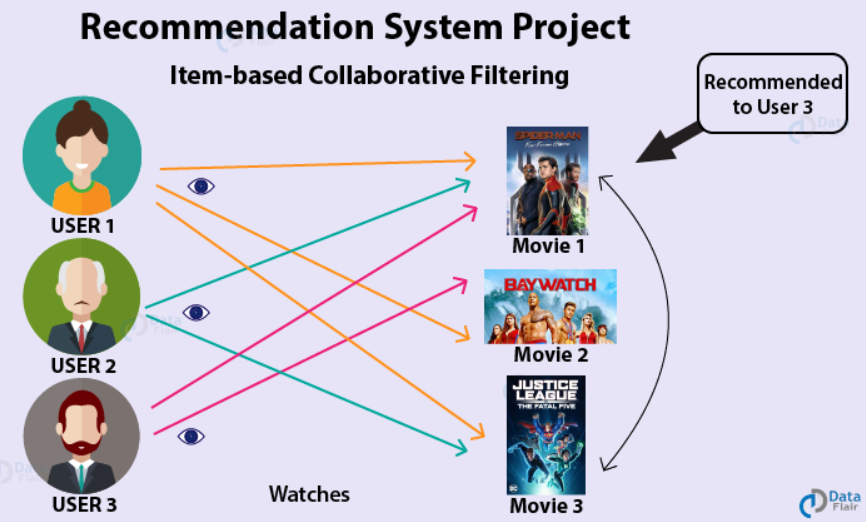
Building a strong recommendation engine is integral to success in online retail, as providing personalized recommendations is one of the best ways to drive sales. Data, of course, plays a huge role in how you go about building a recommendation engine.
Example
Imagine you run an e-commerce website and want to build an engine that offers personalized recommendations. To do this, you would build a system that tags your products based on specific characteristics, and also creates user segments based on their preferences.
Now let’s say that Visitor A just bought an iPhone. What is he most likely to want to buy next? Your recommendation engine might determine that members of Visitor A’s cohort usually buy an iPhone case next. So it would recommend that, which has a lot higher likelihood of driving a sale.
Customer Segmentation
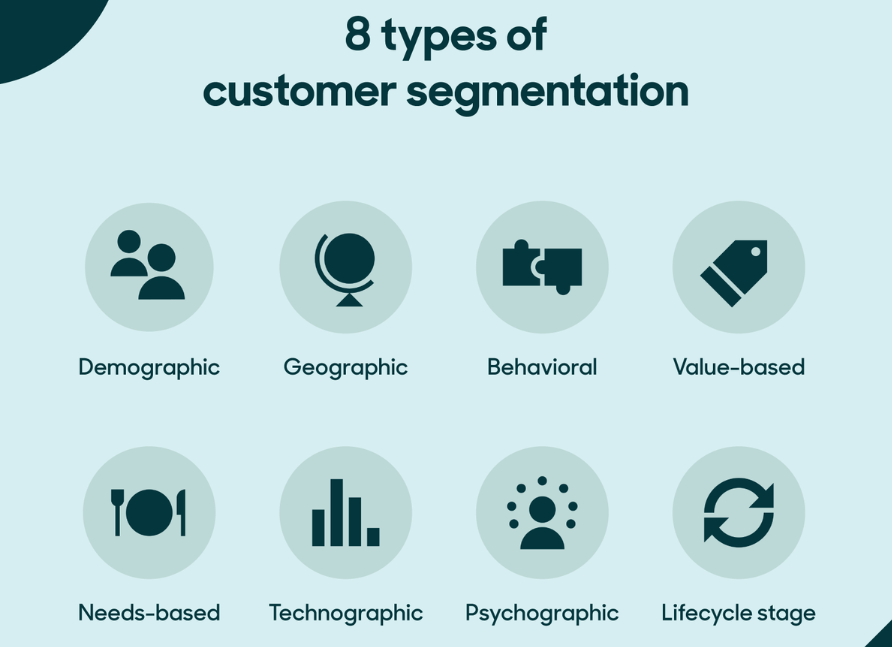
Grouping customers into segments helps you create tractable categories, and create targeted messages to drive sales.
Data science can help create these customer segments by determining which characteristics are the most salient to group customers. You can then identify individual customers based on those markers and add them to relevant cohorts.
Example
It is very common in retail to create customer segments based on how many interactions a customer has had with your business. You can use these segments to target each group with the right kind of messaging based on the stage of the customer journey that they’re in.
First-time buyers, for example, would constitute one segment. This is a group that you would target with information on the brand, loyalty programs, and email capture forms.
Conversely, long-term, loyal customers would also constitute their own cohort. These customers are already believers in your brand and would be the ones you turn to when you have new product launches or are experimenting with products or messaging in some way.
Inventory Management and Optimization

Every retailer understands that their physical space is limited and that managing inventory levels effectively is essential for success. Data science can help with both inventory management and optimization for retail businesses. You can use it to study your warehousing capabilities, identify inventory trends over time, and enhance picking and packing processes in a warehouse setting.
Example
Say you’ve been dealing with inventory issues during specific times of the year. You know that there’s going to be an increased demand, but you’re never quite able to have the right inventory for those periods.
Data science can help ameliorate such an issue. You would start by studying historical sales data to determine which SKUs are most in demand at different times of the year. You can also see if there are inventory items that have become obsolete or low-performing during a particular time. You can combine these pieces of information to optimize your stock intake and manage your inventory more efficiently.
Price Optimization
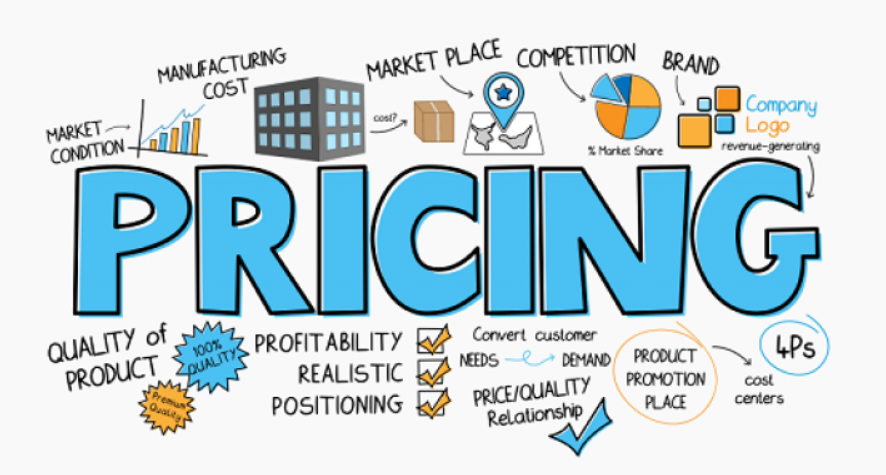
Thinking of the pricing of a product as a one-and-done thing is an archaic practice in the world of retail. The most successful retailers today use data science to dynamically alter the pricing of their products based on a whole host of factors.
Example
Say you’re about to introduce a new product and want to know how to price it. Nowadays, retailers use data science to create demand functions, which help establish a relationship between the price of the product and the forecasted demand for it. Logistic regression, a data analysis technique, is often used to do this.
Once you have the demand function, you can determine a price that maximizes your profits. This process is often repeated at later stages to review the price of a product, especially once competition comes into the market.
Competitor Analysis
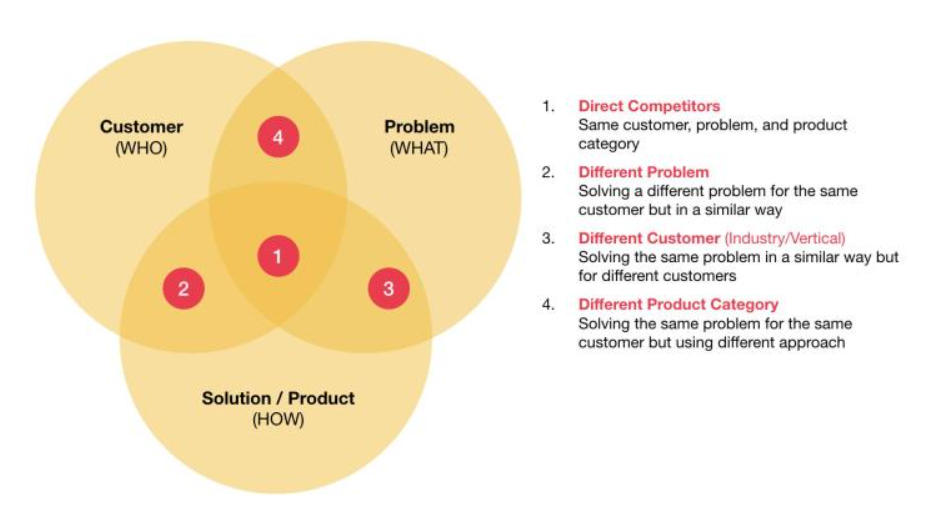
It’s no secret that retailers snoop on each other every now and then—you want to know your competition. Competitor analysis has become supercharged with the advent of data science and its ability to unearth insights from erstwhile indecipherable data.
Example
Say there’s a new player in your sector, and you want to know whether their buzz is increasing their market share. You can use data science to build a share-of-voice analysis by factoring in a whole host of social media KPIs.
You could do this by identifying the KPIs that you deem most important, and seeing how yours stack up against the competition. You might look at things like Twitter mentions, post impressions, new follower rates, and so on. You can then compare all these data points using data analysis techniques to accurately determine how the new entrant is fairing in the market.
Targeted Promotions

Promotions and discounts are a tried-and-tested method to boost sales in retail. Data science can help with creating compelling targeted promotions and measuring the results of each campaign.
Example
One of the challenges of creating targeted promotions is knowing how to target your customers. Should you target them based on their geographical location? Is it better to target them based on their income levels?
Data science can help you answer these questions. Simple A/B tests which target users based on different parameters can give you insights into how to segment your users when you’re creating a promotion. For example, you might find that targeting users based on their age and demographics is a much better way to create promotions rather than on the basis of psychographic attributes.
Customer Lifetime Value (CLV)
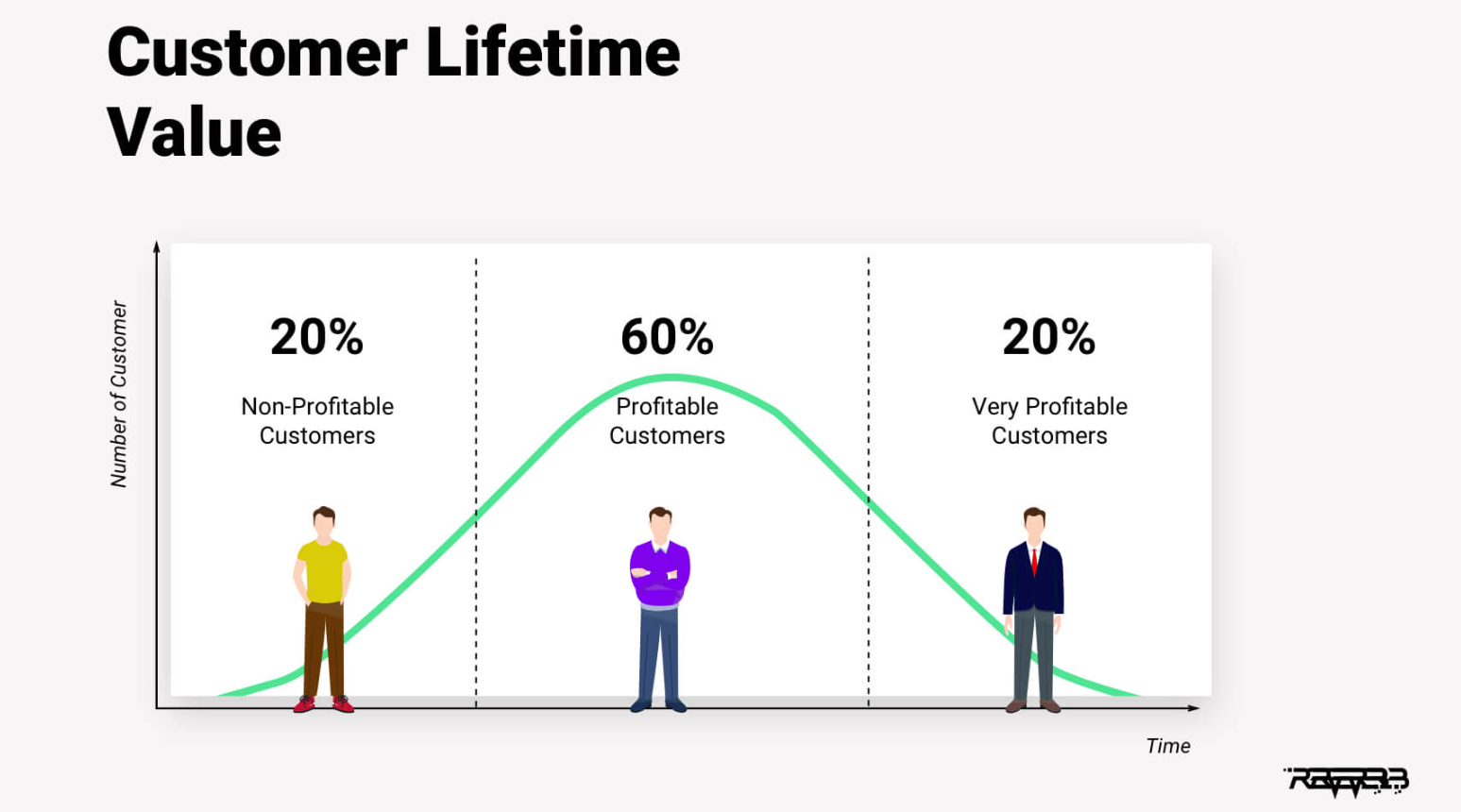
The only way to become a truly successful retailer is to find a way to turn new customers into long-term patrons who make regular purchases. There are several ways in which data science can help you achieve this, including customer churn predictions, market segmentation, and purchase predictions.
Example
Data science can help predict when different customers are most likely to make their next purchase. This can be achieved through data wrangling, then using machine learning models to make accurate predictions.
Once you have these findings, you can do things to increase the lifetime value of your customers. For the customers who are highly likely to make another purchase within the next week, for example, you don’t need to provide them with discounts or coupons. You can simply nudge them with an email.
But you also know which customers are less likely (but still inclined) to make another purchase so soon. In this case, you can send them customized discounts to maximize their lifetime value.
Fraud Detection
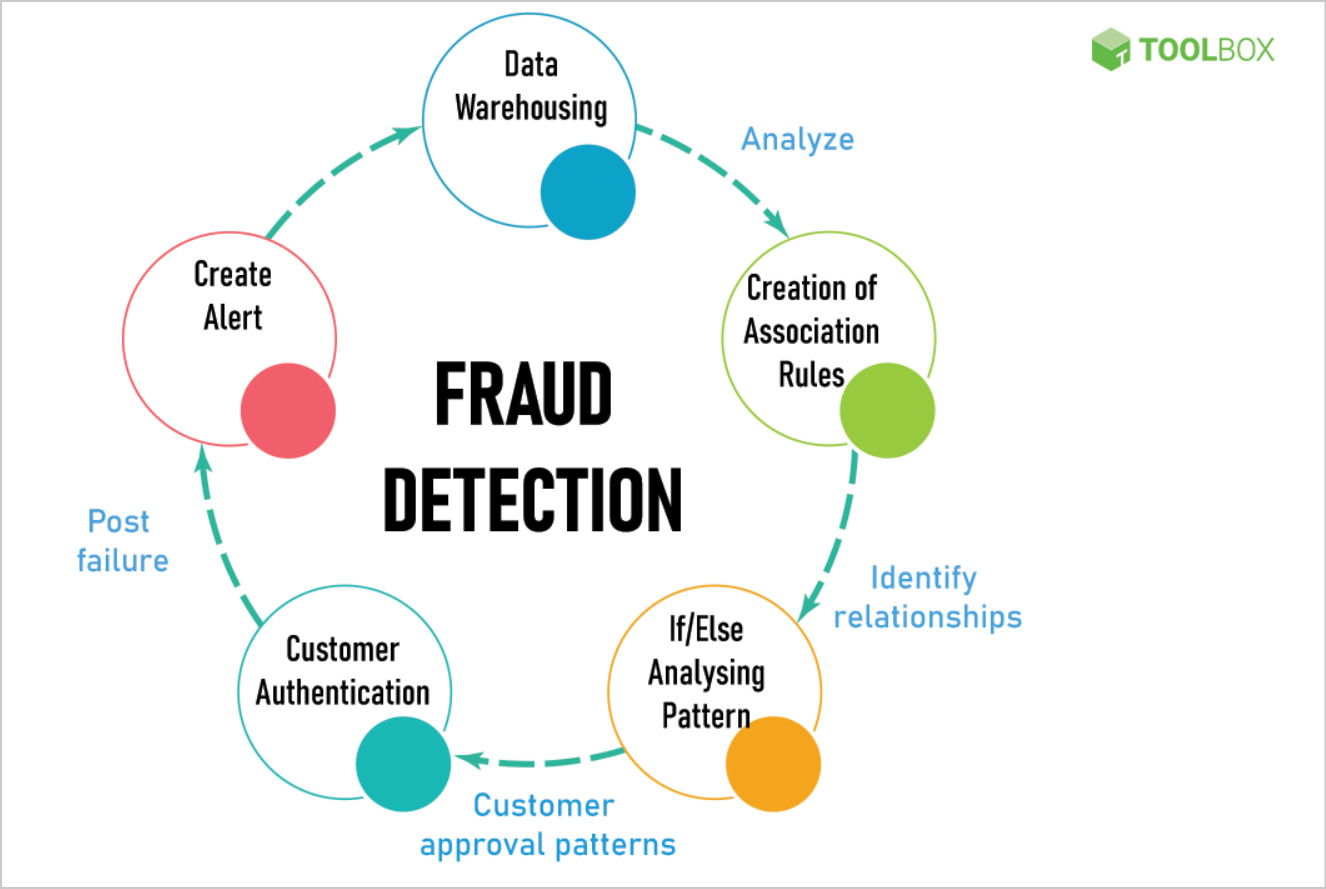
Fraud analysis has become a highly specialized area within the field of data science. Professionals with expertise in this field are deployed across various industries, including insurance, finance, and retail.
Example
Say that your e-commerce brand tends to have a lot of cases of chargeback fraud. In that case, you can employ data science techniques to identify cases where such fraud is most likely and deal with it proactively.
One of the ways you can achieve this is by maintaining a database of various customer characteristics, such as their phone number, location, product preferences, purchase frequency, and so on. This data can help you create segments of customers among whom fraudulent chargebacks are more likely. Maintaining such a database will ensure that you flag only instances where fraud is likely and don’t interfere with the customer experience of loyal patrons.
Predictive Maintenance
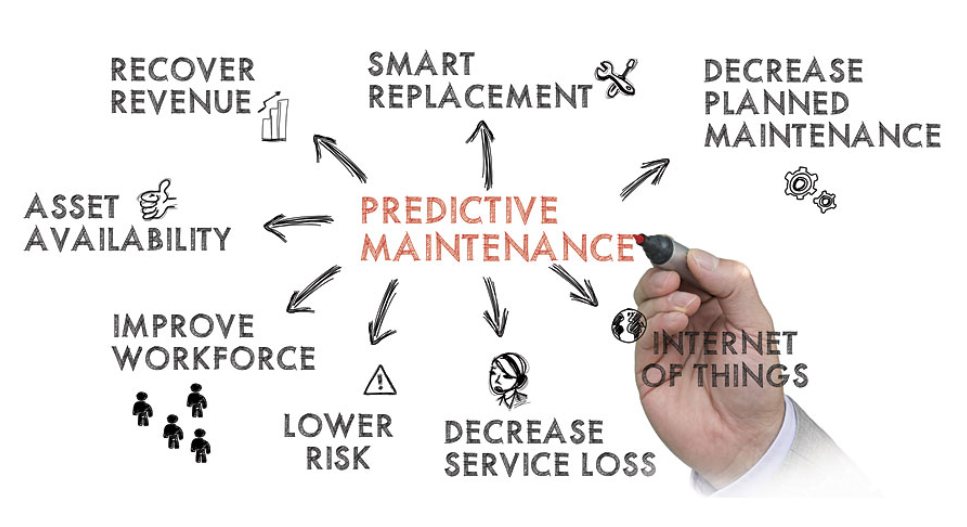
Predictive maintenance is a subset of data science that uses predictive analytical techniques to preempt when maintenance might be required. This can be applied both to the maintenance of physical warehouse components and software like websites and native applications.
Example
It is not uncommon for retailers to use specialized equipment to either manufacture or store their products. Predictive maintenance can help ensure that you reduce downtime in your operations and enhance your operational effectiveness.
One way to do this is with the help of IoT devices. These devices have sensors that can detect faults or cracks in equipment. You can combine the data from these devices with analytical approaches to predict when your warehouse or manufacturing equipment will require maintenance.
Better Decision-Making

The ultimate goal of data science is to help people make better decisions. There are several ways in which retail leaders can deploy data science to help them make better decisions.
Example
One of the most common questions retail companies ask themselves is, “Where can we find new customers?” Data science can play a big role in answering this.
Any new market segment can be vetted using data. Say that you want to start targeting women aged 24 to 30. You can collect data from various sources, including social media, competitors, and surveys, to determine whether your products are likely to do well in this segment.
Get To Know Other Data Science Students
Haotian Wu
Data Scientist at RepTrak
Jasmine Kyung
Senior Operations Engineer at Raytheon Technologies
Isabel Van Zijl
Lead Data Analyst at Kinship
FAQs About Data Science in Retail
We’ve got the answers to your most frequently asked questions:
Why Is Data Science Important in Retail?
Data science has the ability to inform decision-making in every aspect of running a retail business. Employing data science allows you to identify operational inefficiencies, come up with strong solutions to problems, and increase your profits from sales.
Do Retail Companies Need Data Science To Succeed?
Yes, retail companies need data science to succeed in today’s world. Most companies already use data science to help them make decisions backed by data. You’re at a huge disadvantage if you don’t use data science to bolster the work that you do as a retail company.
Since you’re here…
Thinking about a career in data science? Enroll in our Data Science Bootcamp, and we’ll get you hired in 6 months. If you’re just getting started, take a peek at our foundational Data Science Course, and don’t forget to peep our student reviews. The data’s on our side.





